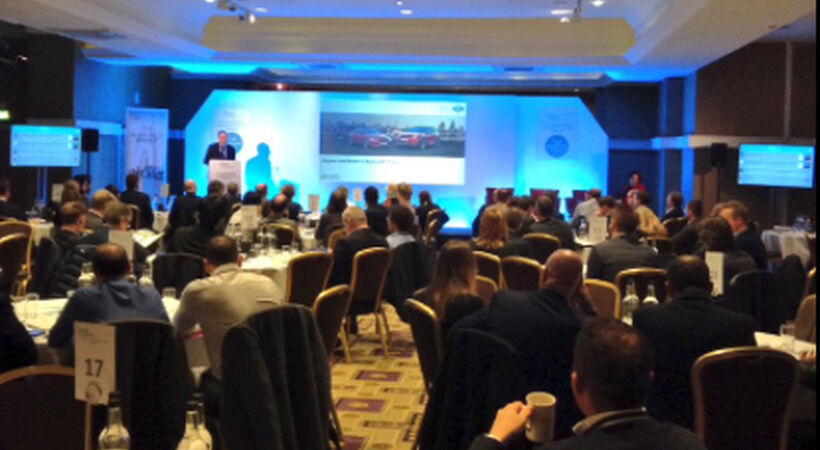European Aluminium reiterated its commitment to the circular economy at this week’s 14th International Aluminium Recycling Congress.
Europe plays a leading role in this debate but will need to cooperate more closely on a global level to close the loop. EU policymakers should ensure equivalent standards for treating exported EU scrap to truly impact the global stage.
On 7 and 8 February, over 150 delegates flocked to Manchester from across Europe to participate the 14th International Aluminium Recycling Congress. A biennial event, this edition’s theme was Recycling at its best: the circular economy opportunity.
“Europe is creating the basis for the circular economy, but we need to close the loop on a global level,” stated Gerd Götz, Director General of European Aluminium. “We follow high environmental, health and safety standards in Europe when recycling aluminium scrap. However, when scrap is exported to other parts of the world it is not required to be treated according to equivalent standards. This skews competition, creating an unlevel playing field with the rest of the world. This is why we call the European Parliament to adopt measures that ensure these standards are enforced.”
The European Commission’s Circular Economy Package will accelerate the transition from a linear to a circular economy. The circular economy constitutes an essential shift to a low-carbon society. With high end of life recycling rates, aluminium is helping to build a more sustainable future. Recycling aluminium uses only 5% of the energy needed for the primary production.
Roland Scharf-Bergmann, Chair of European Aluminium’s Recycling Division and Head of aluminium company Hydro’s recycling business, stated, “As a fully and infinitely recyclable material, the aluminium industry adopted a closed loop mentality long ago. Scrap is a valuable resource and proper recycling not only helps build a low carbon society but provides jobs to about 25,000 people in Europe, most of which in small and medium-sized enterprises. However, in addition to the industry’s recycling efforts, EU and national investments in innovative collection, sorting and melt treatment technologies are needed to recover as much aluminium as possible.”
Around 75% of all aluminium ever produced is still in use. As a permanent material, aluminium can be recycled over and over without the loss of its inherent properties. Aluminium in a building can be given a new life as part of a car or a beverage can. Even the smallest aluminium particles can be recovered and reused.
Mr Scharf-Bergmann concluded, “Aluminium is a strategic material for a low-carbon society. Today, the whole aluminium value chain – from primary to recycling – is present in Europe. We want it to stay that way. Europe can lead on circular economy and have an impact on the global stage, but it needs to be ambitious in its objectives and stand firm on its standards.”








